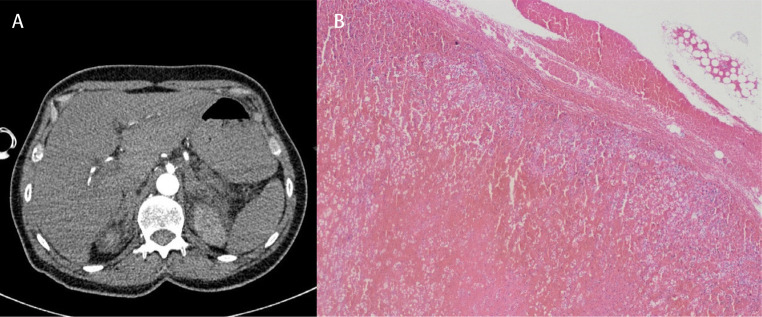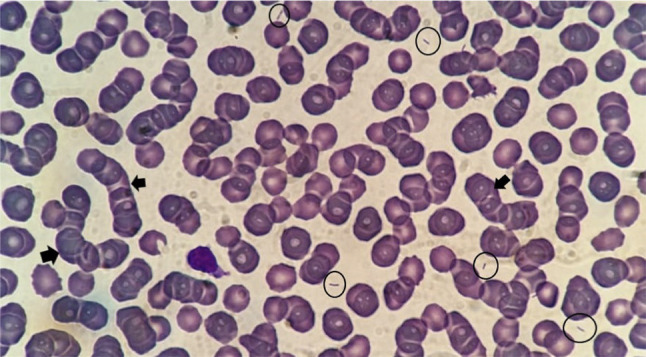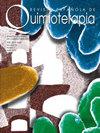Fatal septic shock and Waterhouse-Friderichsen syndrome caused by serovar B Capnocytophaga canimorsus in an immunocompetent patient. Case report and review.
IF 2.2
4区 医学
Q4 MICROBIOLOGY
Revista Espanola De Quimioterapia
Pub Date : 2023-02-01
Epub Date: 2022-11-25
DOI:10.37201/req/060.2022
引用次数: 0
Abstract
Rev Esp Quimioter 2023;36(1): 92-96 92 Two sets of blood cultures were obtained before starting empiric broad-spectrum antibiotic therapy with intravenous piperacillin-tazobactam, meropenem and clindamycin (4/0,5g single dose, 2 g/8 h and 900 mg/8 h, respectively). Despite high-dose intravenous fluid replacement, noradrenaline and bicarbonate infusions, the patient didn ́t improve and was transferred to intensive care unit after orotracheal intubation. A body CT scan was conducted, which described signs of hypovolemic shock with thickening of both adrenal glands with crosslinking of the peri-renal fluid, as well as liver with periportal edema and no highlight of the spleen (Figure 2A). Her condition deteriorated rapidly overnight and, in spite of cardiopulmonary resuscitation measures, patient expired 16 hours after admission. Because of multi-organ failure and septic shock of unknown origin, an autopsy was requested.


免疫功能正常患者血清B型巨细胞吞噬致致致命性感染性休克和Waterhouse-Friderichsen综合征。病例报告和复查。
本文章由计算机程序翻译,如有差异,请以英文原文为准。
求助全文
约1分钟内获得全文
求助全文
来源期刊
CiteScore
2.90
自引率
10.50%
发文量
146
审稿时长
>12 weeks
期刊介绍:
The official journal of the Sociedad Española de Quimioterapia (Spanish Society of Chemotherapy), publishes articles that further knowledge and advance the science and application of antimicrobial chemotherapy with antibiotics and antifungal, antiviral and antiprotozoal agents primarily in human medicine. Authors sign an exclusive license agreement, where authors have copyright but license exclusive rights in their article to the Publisher. All manuscripts are free open access. Revista Española de Quimioterapia includes the following sections: reviews, original articles, brierf reports, letters, and consensus documents.

 求助内容:
求助内容: 应助结果提醒方式:
应助结果提醒方式:


